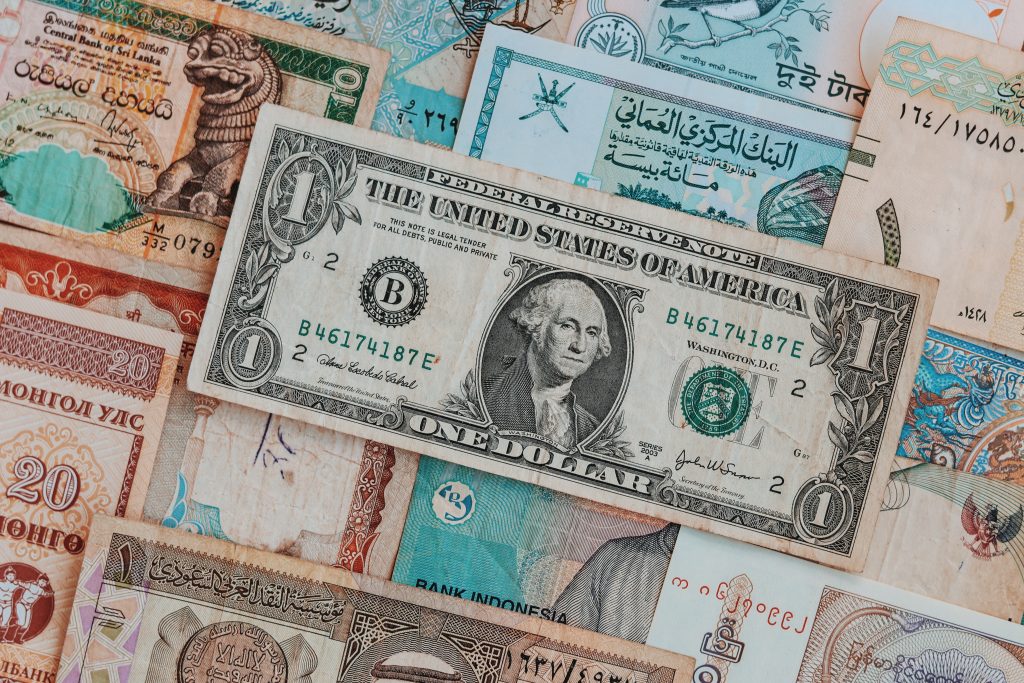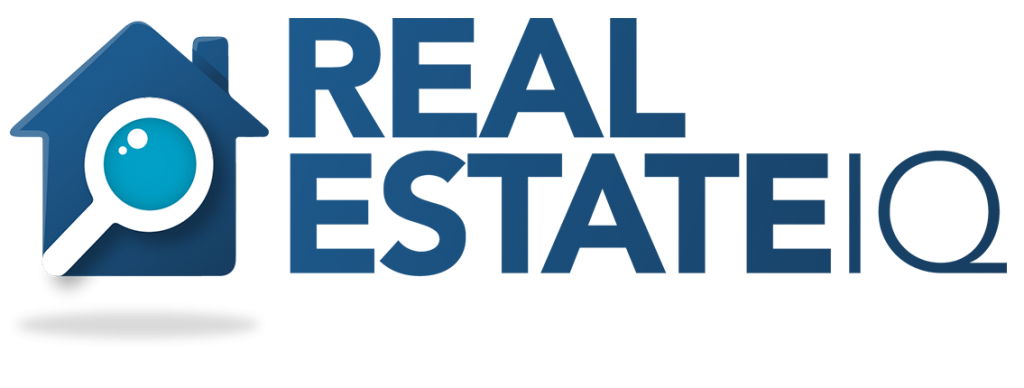Confusions may arise when corporate bonds are not real assets, so they can not be addressed as collateral. Is a view precise in both theory and reality? Before diving into a direct yes-no response, consider which framework can be applied to give a reasonable answer.
Key take-aways
- When it comes to collateral, three significant factors: trust, moral hazard and information asymmetries shall be referred to.
However , the underlying question is whether or not to accept corporate bonds as collateral should be a decision central and commercial banks make based on three vital aspects.
First and foremost, is trust.
Trust is in short supply worldwide due to the disparities in prices of equivalent financial assets backed by the US Federal Government. This distrust is strongly supported by the interest rates the Federal Reserve offers to banks who put their money in its essentially risk-free “Reverse Repurchase Facility” (RRP) overnight.

John Dizard, former Financial Times columnist, put it into example and clearly explained why. The interest rates on the shortest term Treasury bills consistently differ from the rates offered by the RRP, giving institutions and investors other low-risk options for their extra cash.
He pointed out the lying issue: banks and other deposit-takers couldn’t find enough reliable lending or investment opportunities to use the extra money that QE programs made available. As the Federal Reserve supports this type of account, RRP has grown in huge demand. Institutions that wind up with more cash than appealing, short-term low-risk opportunities are now more likely to use it
Despite the popularity of RRP, short-term Treasury bills are assumed to be a more beneficial choice for buyers, because of their flexibility. T-bills are widely used in fixed income market transactions because of their versatility in supplying collateral security. In interest rate swaps, T-bills may be eventually exchanged as monetary deposits.
According to Manmohan Singh’s study, a crucial element of the global financial system is the “collateral market”. That being said, the “collateral re-use rate” rises when financial market players have a high level of mutual trust. However, the expanding interest rate gap between short-term bills and the RRP might be a sign of the deteriorating trust among financial counterparties.
Second is moral hazard
One of the primary purposes of collateral is to increase the borrower’s incentives to repay the loan. Default risk for borrowers is frequently inherent. Default can occur from both the borrower’s unobservable behavior and uncontrollable shocks.
Putting up collateral makes it possible to reward or punish behavior. Collateral boosts the likelihood of loan repayment as long as good behavior increases the likelihood of loan repayment, and poor behavior raises the likelihood of default.
The borrower keeps the collateral in the event of loan repayment; in the event of default, it is forfeited. This encourages borrowers to work harder to repay the debt and prevent default.
Ultimately are information asymmetries
Collateral may also be used as a symbol of healthy financial standing. Imagine a scenario where a lender is less knowledgeable about a potential borrower’s credit credibility.
The borrower can then put down security to show that there is a good chance of repayment. Due to his high likelihood of repaying the loan, the borrower might hardly ever face the cost of losing the collateral.
On the other hand, the borrower with a low chance of repayment will find it costly to post collateral, since he frequently loses the security. He then provides little to none collateral. Information about the likelihood of debt repayment that would otherwise be invisible is provided by the value of the collateral.
By Reece Almond

